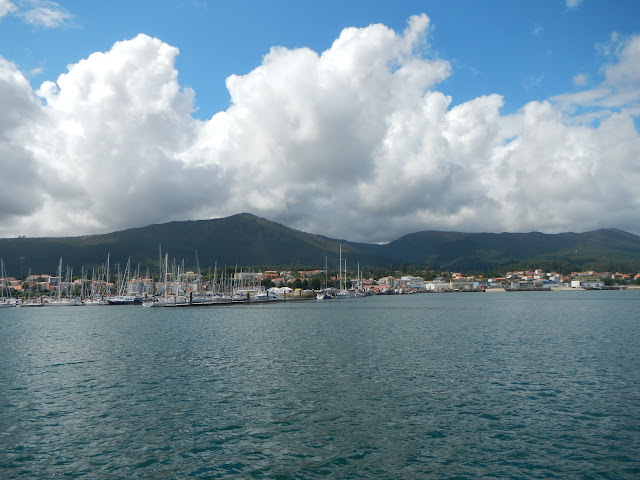Ria de Pontevedra

Illa Rua We sailed inside the Illa Ons and into the Ria de Pontevedra and our next destination, Combarro. We passed Sanxenxo which appeared to be a modern city, and continued on to the head of the Ria. Our charts showed the area as quite shallow, but we were informed that the depths where the new marina is now and outside the massive outer pontoon are 3 meters, and indeed that was the case. We followed the deeper channel in along the Illa Tambo where several boats were anchored.





